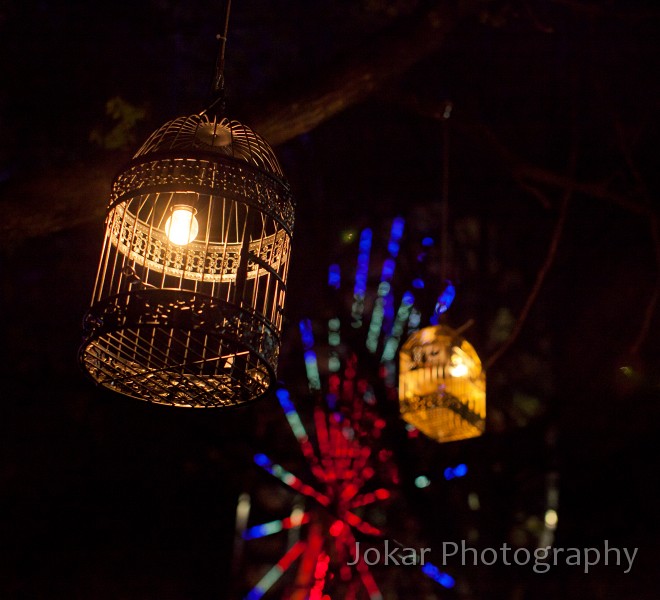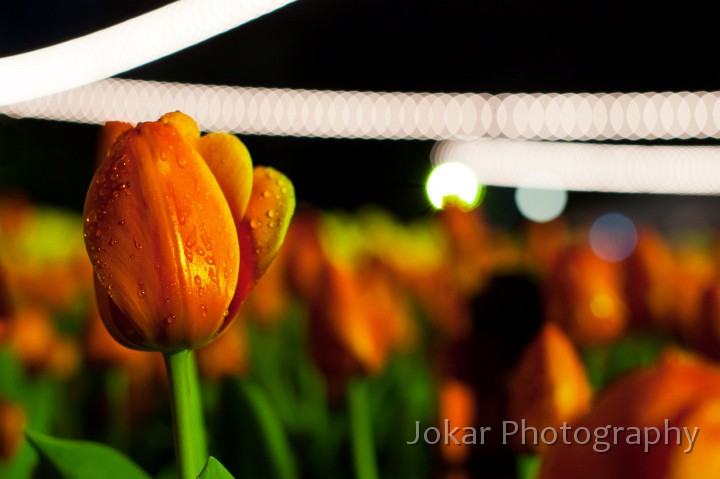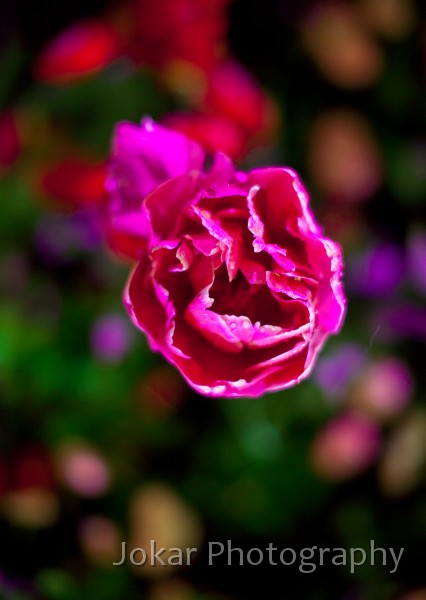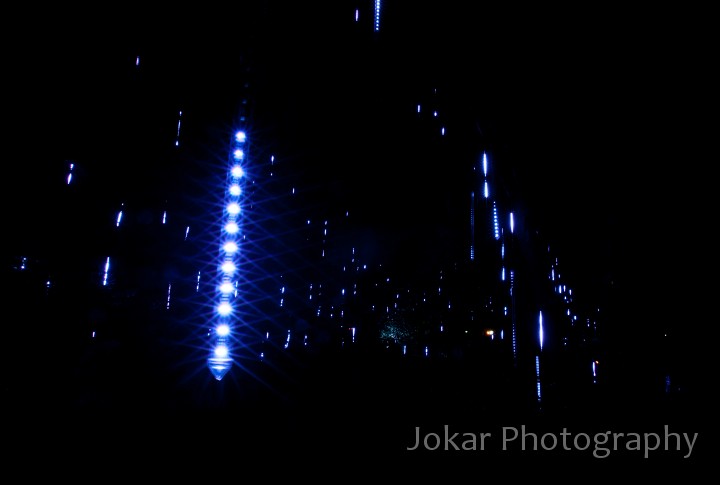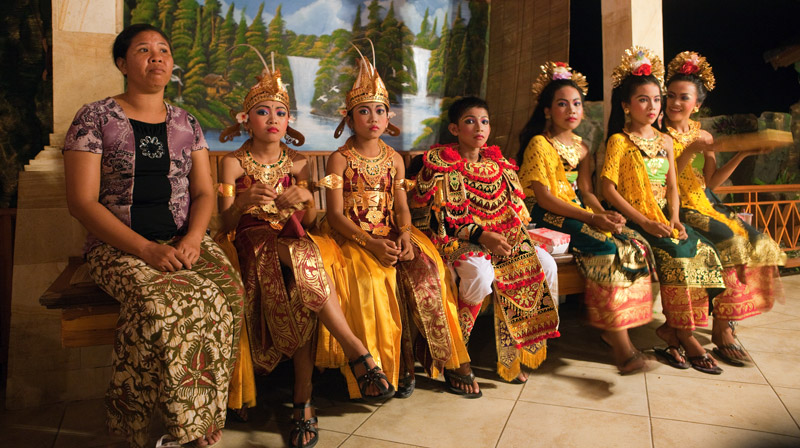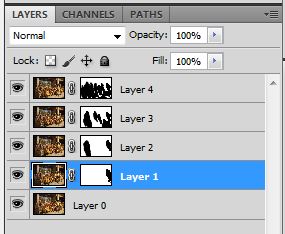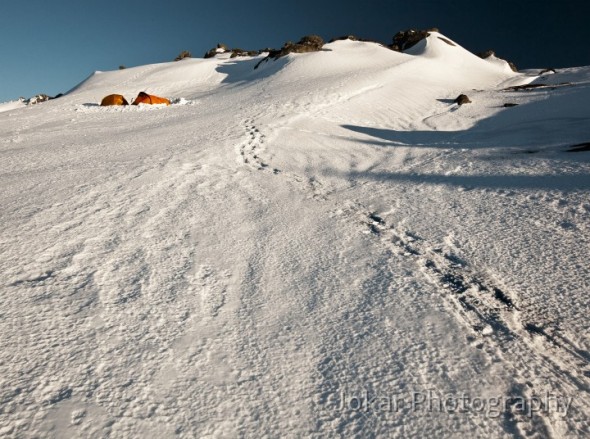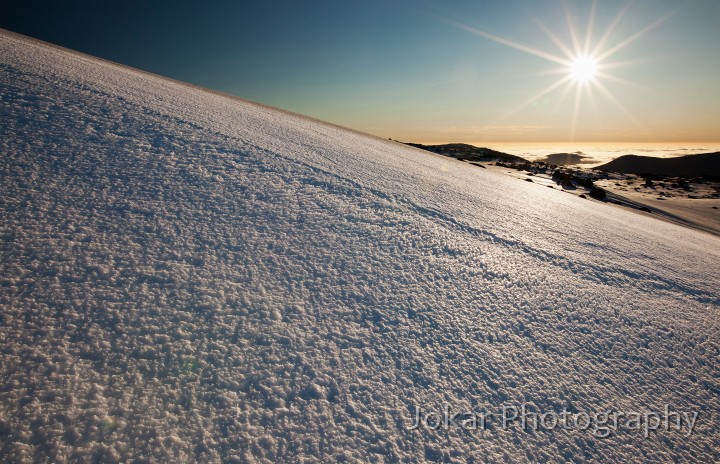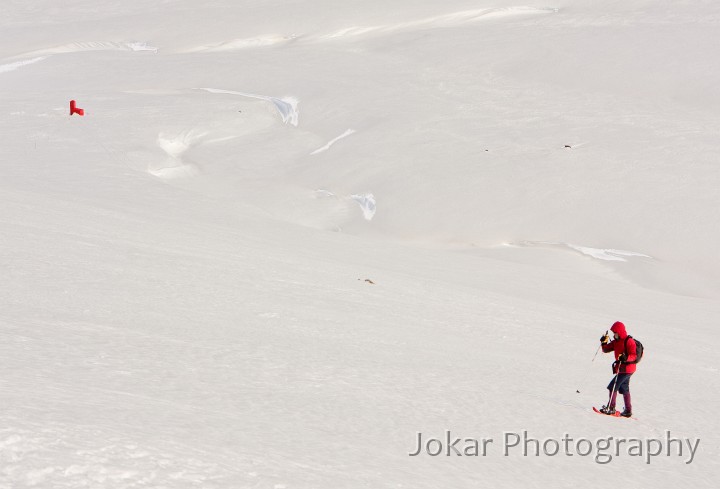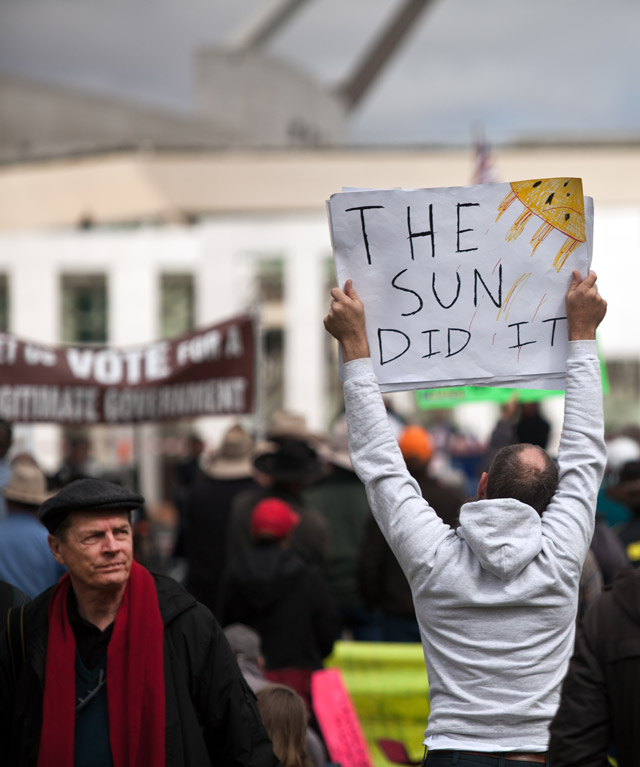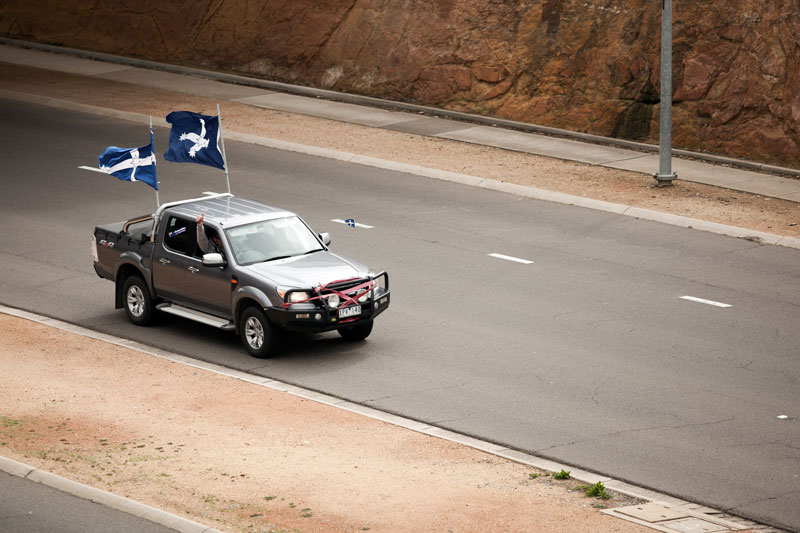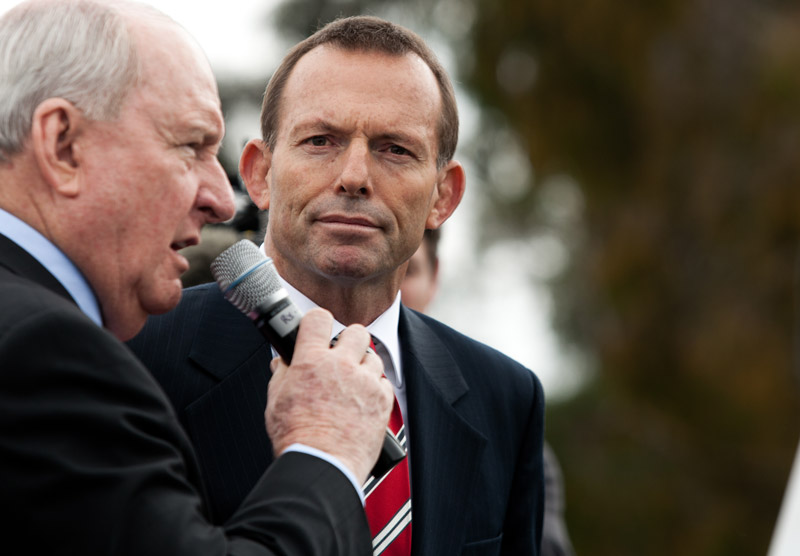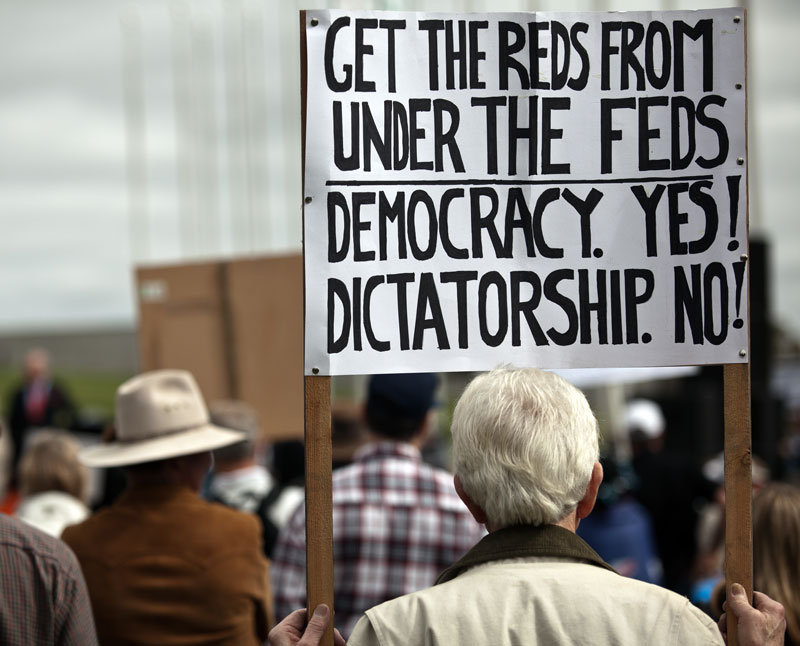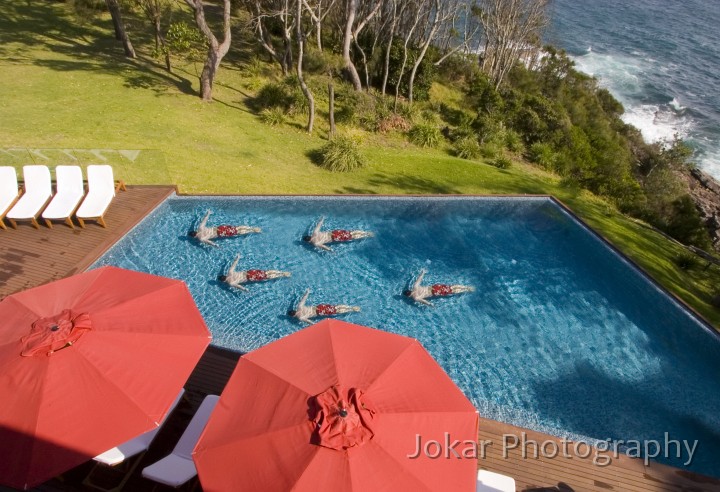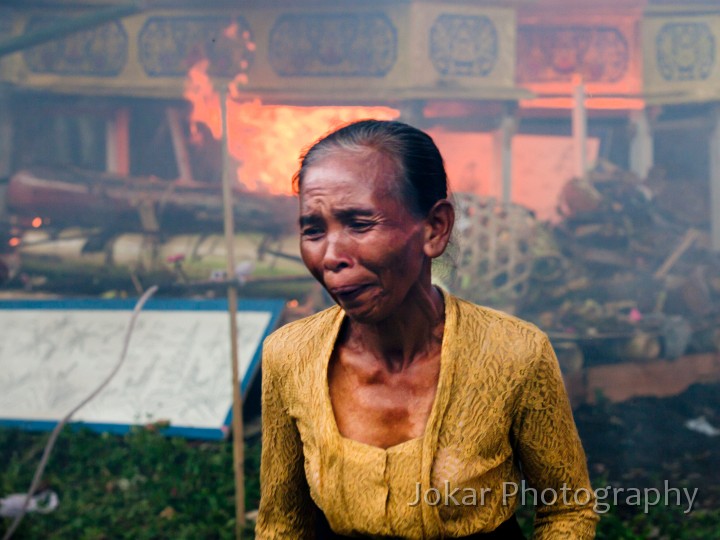The Floriade Festival has been running annually now since 1988, and is now something of a Canberra institution, with visitors coming from all over Australia (and beyond) to view the massed plantings of spring blooms. Echoes of old pagan celebrations of the Rites of Spring.
The park in which it is held is normally locked up overnight, but for a few nights each year they open it up for (paying) visitors. Flowers, coloured lights, stalls, street theatre and performances – sounds like the makings of a photo opportunity.
As a long-time Canberra resident I’ve attended a number of times over the years, and taken lots of the standard ‘pretty tulip’ photos (see these from 2009 for example), playing a little with flash and under-exposed backgrounds at times.
This year I wanted to see how far I could go taking handheld photos in the sometimes poor light. The idea was to stretch both the low-light high ISO low-noise abilities of the 5DII, and to test the wide aperture image quality of the 50mm f/1.2 lens (though I also used the 16-35 and 70-200 f/2.8 lenses at times.
All up, with some video and a few series of time lapse shots, I came home with 18GB of image data! Not surprisingly, many of the images shot at f/1.2 don’t have sharp focus on the subject, and the very strong contrasts between the dark night and the coloured spotlights was a challenge, but I think there’s a few ‘keepers’ amongst them.
[Update!]I’ve now put together a short (4 1/2 minute) video compilation with some of the time lapse sequences, a little video and still photos from the Floriade NightFest. Music (JJ leaves LA) by Daniel Lanois. This video was all done in Adobe After Effects – the surface of which I’m still just starting to scratch. Seen enough to know however that it’s easier to put a quick slideshow together with ‘Ken Burns effect‘ (pan and zoom) using Windows Movie Maker! But the range of effects and editing features possible in After Effects is quite amazing. Anyway, here’s the video – click below to see it. Any comments (as always) very welcome!
The full set of photos from this night, including some taken beside the lake before the Nightfest gates opened) can be seen on the main Jokar web site in this folder.

